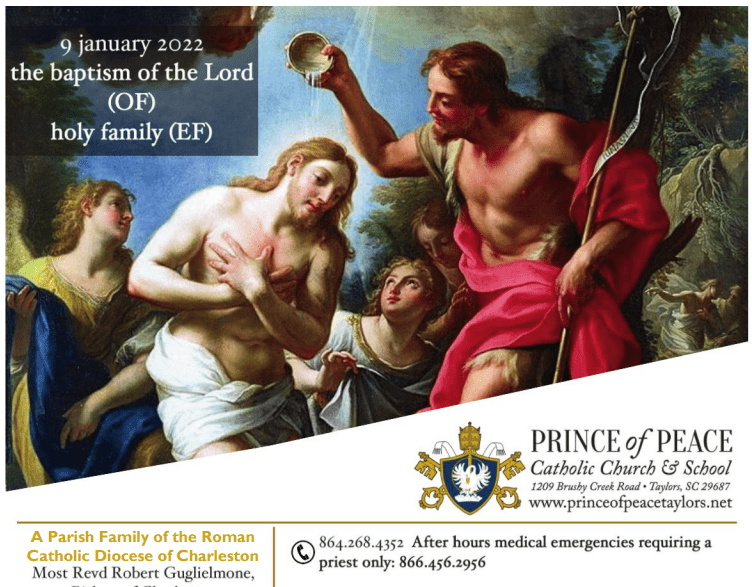
9 January 2022 Bulletin
Click to read this week’s bulletin: 9 January 2022

Click to read this week’s bulletin: 9 January 2022
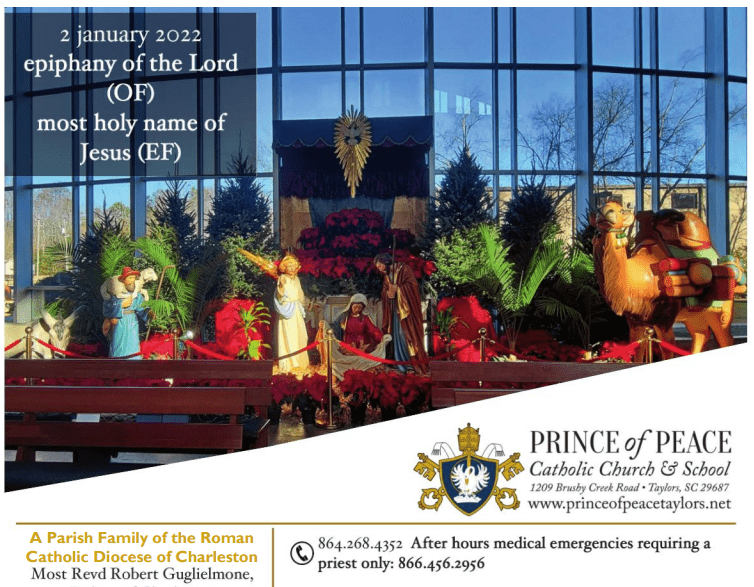
Click to read this week’s bulletin: 2 January 2022
*note the Wednesday Mass is at 8.30a, not 9a
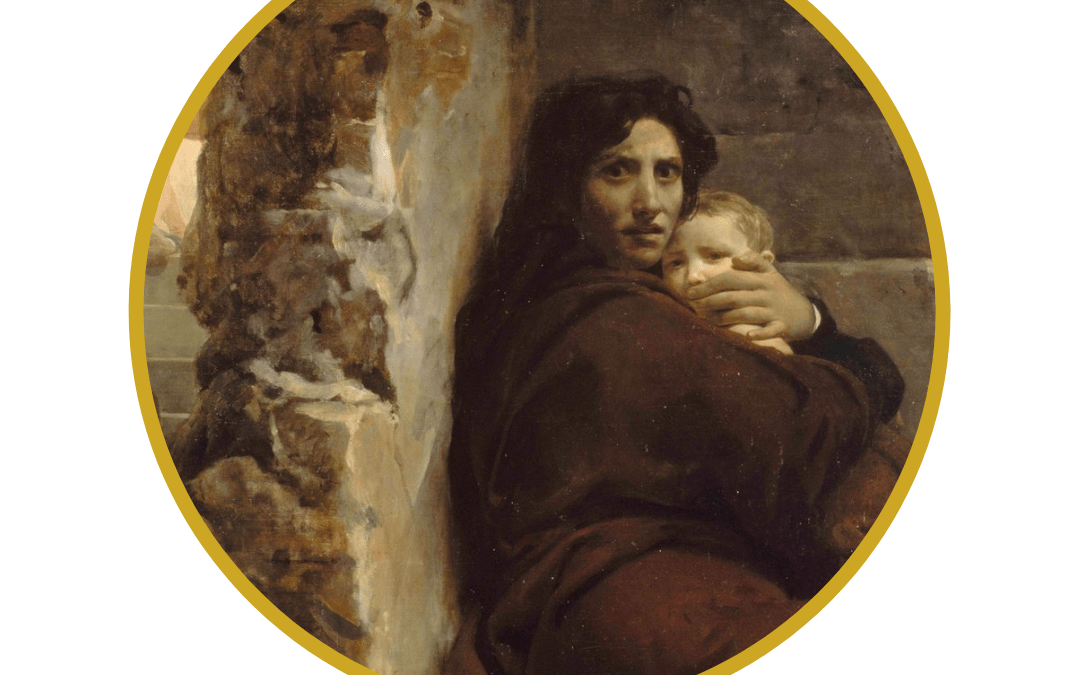
26 December: Feast of the Holy Family. Little is known about the life of Jesus’s earthly family. The gospels tell of the early years: the birth of Jesus in Bethlehem, the flight into Egypt, the finding of Jesus in the temple. Pope Leo XIII promoted this feast day as a way to counter the breakdown of the family unit. The purpose was to present the Holy Family as the model for all Christian families, and for domestic life in general. Family life becomes sanctified when we live the life of the Church within our homes. This is called the “domestic church” or the “church in miniature.” St. John Chrysostom urged Christians to make each home a “family church,” thus sanctifying the family unit. A good way to do this is by making Christ the center of family life: read scripture regularly, pray together as a family, attend Mass, go to confession, teach children about virtues, learn about and imitate the lives of the saints, live liturgically (follow the church calendar at home), and so forth. It is important to note that we don’t become holy despite the busyness of family life, but in and through it. On this feast, may the virtuous example of the Holy Family of Nazareth inspire us to develop homes full of prayer, love, and holiness.
28 December: Feast of the Holy Innocents (‘Childermas’). On the fourth day in the octave of Christmas, the Church remembers the massacre of innocent children in Bethlehem as told in Matthew 2:16-18. King Herod had ordered the death of all male children aged two and under, in his attempt to kill the infant Jesus. “A voice is heard in Ramah, weeping and great mourning, Rachel weeping for her children and refusing to be comforted, because they are no more.” These children are considered martyrs, Saints of God, by the Church. This feast day is often seen as a day of merrymaking for children. It is custom to give the youngest child in the household the power to rule the day. From what to eat, where to go and what to do, the youngest is in charge. In Mexico, it is a day for children to play practical jokes and pranks on their elders. The Holy Innocents are special patrons of babies and small children. This feast is an excellent time for parents to inaugurate the custom of blessing children. Sign a cross on your child’s forehead with the right thumb and say: “May God bless you and may He be the Guardian of your heart and mind, in the name of the Father, and of the Son, and of the Holy Spirit. Amen.”
Ideas for celebrating at home:
“The first witnesses of Christ’s birth, the shepherds, found themselves not only before the Infant Jesus but also a small family: mother, father and newborn son. God had chosen to reveal himself by being born into a human family and the human family thus became an icon of God! …Indeed, the family is the best school at which to learn to live out those values which give dignity to the person and greatness to peoples. …The Holy Family of Nazareth is truly the “prototype” of every Christian family which, united in the Sacrament of Marriage and nourished by the Word and the Eucharist, is called to carry out the wonderful vocation and mission of being the living cell not only of society but also of the Church, a sign and instrument of unity for the entire human race. …May [the holy family] help Christian families to be, in every part of the world, living images of God’s love.” – Pope Benedict XVI
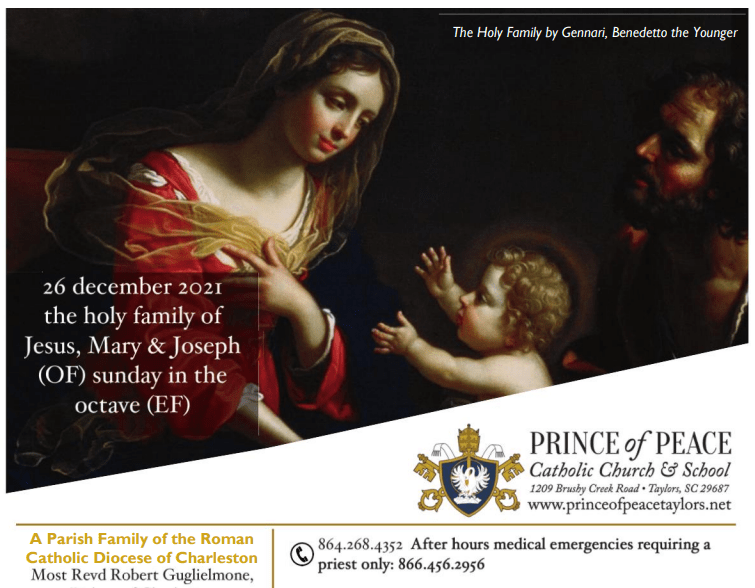
Click to read this week’s bulletin: 26 December 2021
note the following change: there is no confession on 29 December (nor on 1 January)
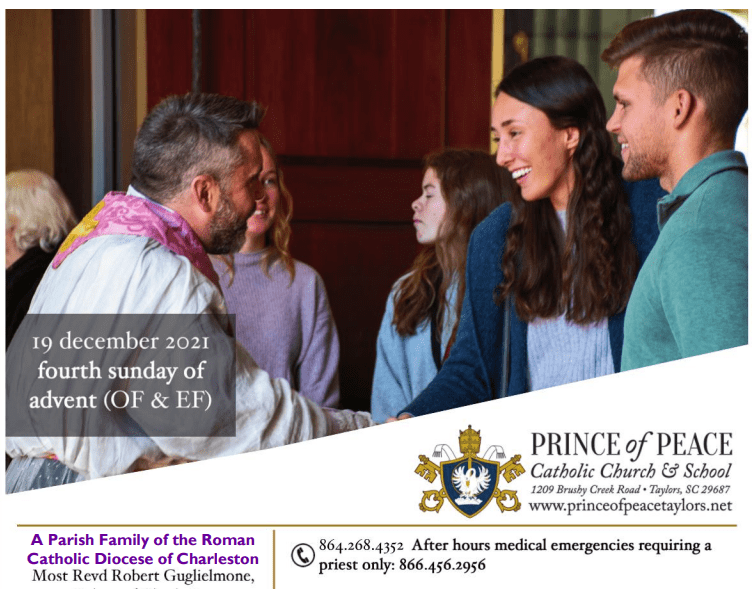
Click to read this week’s bulletin: 19 December 2021 Bulletin

An ancient Christian tradition is to pray the O Antiphons during the Octave before Christmas. Sometimes called the Greater Antiphons, or the O’s of Advent, these seven responses are sung or recited before and after the Canticle of Mary (the Magnificat) at evening prayer of the Divine Office (and before the Gospel at mass) from 17 December to 23 December. Each Antiphon highlights a name or title for the Messiah, and each one refers to a prophecy of Isaiah of the coming Messiah:
Originally written in Latin, the Church has been singing the O Antiphons since at least the eighth century. They are a magnificent theology that uses ancient Biblical imagery drawn from the messianic hopes of the Old Testament to proclaim the coming Christ as the fulfillment not only of Old Testament hopes, but present ones as well. Their repeated use of the imperative “Come!” embodies the longing of all for the Divine Messiah. Each antiphon is addressed to God using a noble title, petitioning Him to come save His people. Each antiphon is also tied to Mary because she is the vessel through which the Savior will be born. The order of the antiphons climbs climatically through the history of Redemption: In the first, O Sapientia, we take a backward flight into the recesses of eternity to address Wisdom, the Word of God. In the second, O Adonai, we have leaped from eternity to the time of Moses and the Law of Moses (about 1400 B.C.). In the third, O Radix Jesse, we have come to the time when God was preparing the line of David (about 1100 B.C.). In the fourth, O Clavis David, we have come to the year 1000. In the fifth, O Oriens we see that the line of David is elevated so that the peoples may look on a rising star in the east, and hence in the sixth, O Rex Gentium, we know that He is king of all the world of man. This brings us to the evening before the vigil, and before coming to the town of Bethlehem, we salute Him with the last Great O, O Emmanuel: God with us. It is widely pointed out that if you take the first letter of each Latin name and reverse the order – Emmanuel, Rex, Oriens, Clavis, Radix, Adonai, Sapientia – the Latin words ERO CRAS are formed, meaning, Tomorrow, I will come. Therefore, the Lord Jesus, whose coming we have prepared for in Advent and whom we have addressed in these seven Messianic titles, now speaks to us, Tomorrow, I will come. The O Antiphons not only bring intensity to our Advent preparation, but bring it to a joyful conclusion. We can bring these responses into our daily prayer time during the Octave before Christmas as simple reminders of the one whose coming we are joyfully anticipating.
Sometime before the 12th century, selected verses from the antiphons were compiled into the hymn “O Come, O Come, Emmanuel.” It is believed to be among the oldest of all the Christmas hymns. Sing this hymn around your advent wreath each night of the O Antiphons as a beautiful way to draw hearts closer to Christ and to prepare for His coming at Christmas.
Visit the link below to print a beautiful O Antiphons Prayer Companion that includes all the antiphons, symbols, prayers, and food suggestions for each day of the Octave:
(Sources: familyfeastandferia.com; catholicculture.org; loyolapress.com; simplycatholic.com; usccb.org)
Recent Comments